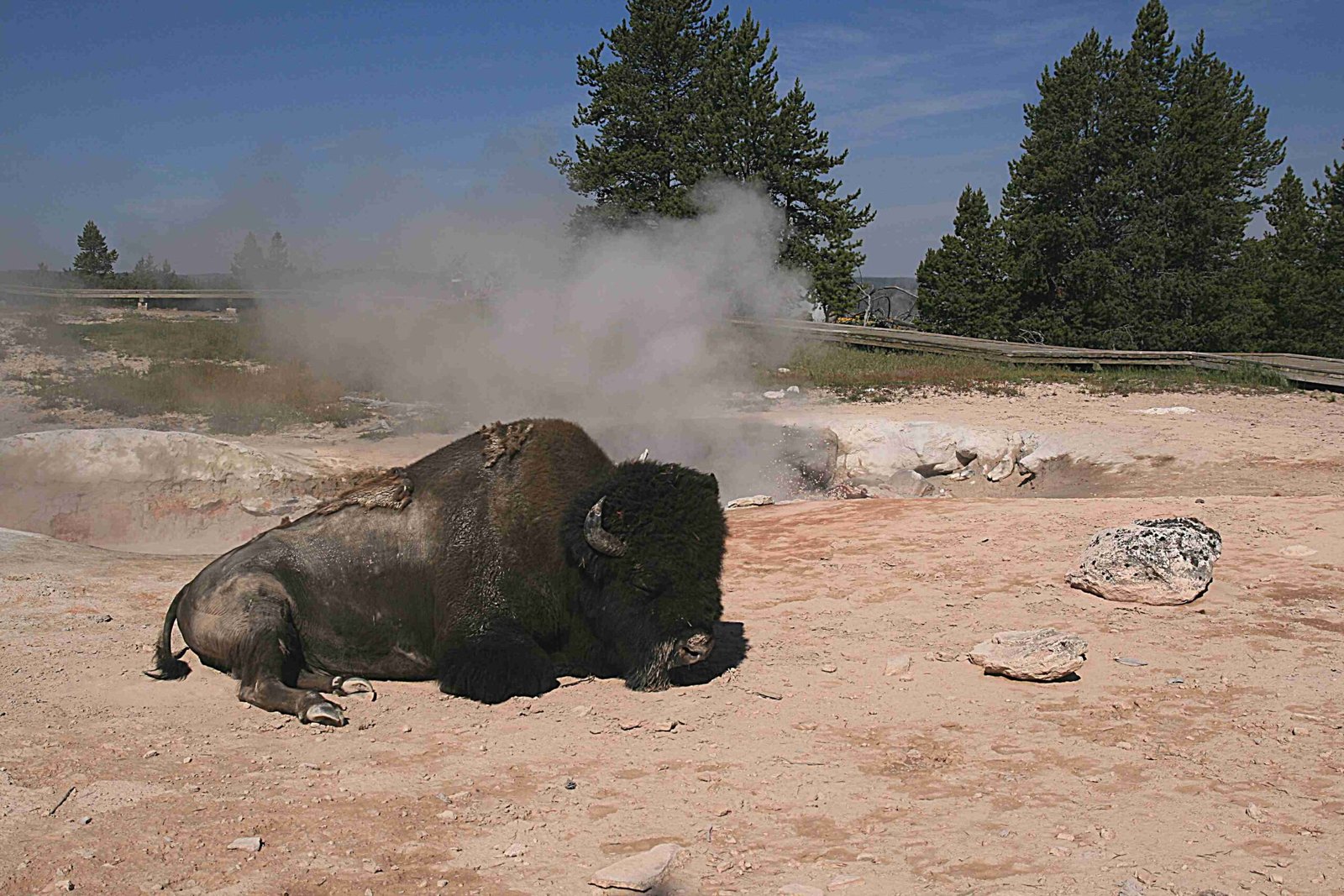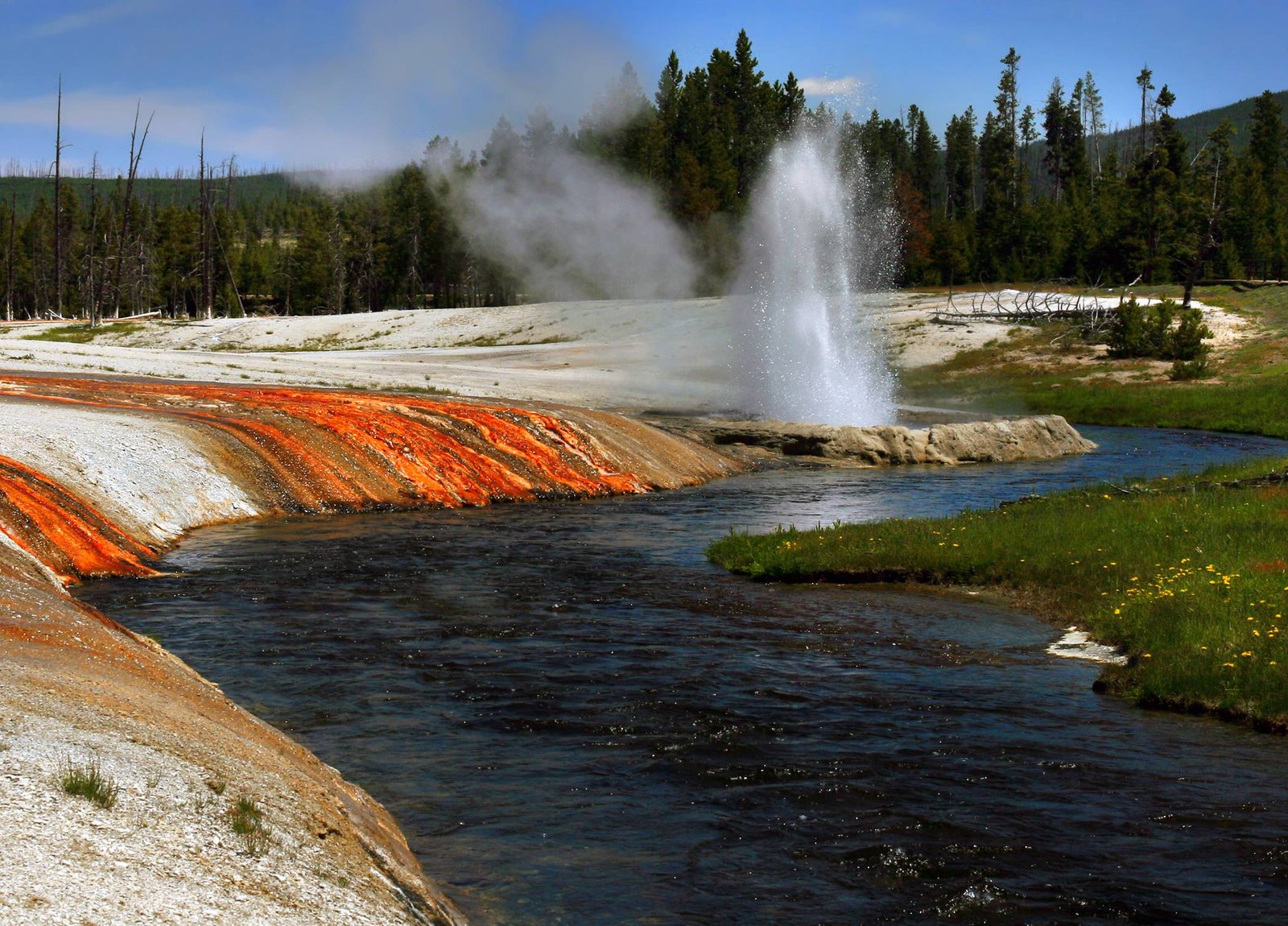Hayden Valley in Yellowstone National Park is a remarkable area known for its diverse geological formations, abundant wildlife, and stunning landscapes. This expansive valley, shaped by ancient glacial activity and volcanic processes, offers visitors a unique glimpse into the park’s natural wonders. From its rich biodiversity to its scenic vistas, Hayden Valley stands as a testament to the raw beauty of Yellowstone’s ecosystem.
What Are the Geological Characteristics of Hayden Valley?

Hayden Valley’s geological features are a result of its fascinating history:
- Ancient Lake Bed: The valley was once submerged under an arm of Yellowstone Lake.
- Glacial Till: A layer of glacial till covers the fine-grained lake sediments, deposited during the last glacial retreat about 13,000 years ago.
- Soil Composition: The valley’s soil is predominantly clay, mixed with various grain sizes.
This unique geological makeup has significant implications for the valley’s ecology:
- The clay-rich soils retain water, creating marshy conditions.
- These conditions favor meadow communities over trees.
- Areas with rhyolite rock outcrops support patches of drought-tolerant lodgepole pines.
How Does Hayden Valley’s Geology Influence Its Ecosystem?

The interplay between geology and ecology in Hayden Valley is evident in several ways:
- Meadow Dominance: The clay soils allow meadow plants to outcompete trees for water, resulting in vast open grasslands.
- Limited Tree Growth: Tree encroachment is minimal due to the marshy conditions.
- Specialized Plant Communities: In areas with rhyolite outcrops, lodgepole pines thrive due to their adaptation to nutrient-poor soils.
- Water Features: The Yellowstone River flows along the eastern edge of the valley, supporting diverse aquatic and riparian ecosystems.
What Wildlife Can Be Observed in Hayden Valley?
Hayden Valley is renowned for its wildlife viewing opportunities:
| Species | Best Viewing Season | Frequency of Sightings |
|---|---|---|
| Bison | Year-round (peak in August) | Very Common |
| Elk | Year-round | Common |
| Grizzly Bears | Spring and early summer | Occasional |
| Black Bears | Spring and early summer | Occasional |
| Coyotes | Year-round | Common |
| Wolves | Year-round | Rare |
| Waterfowl (ducks, geese, pelicans) | Spring and summer | Common |
Where Are the Best Scenic Viewpoints in Hayden Valley?
While specific GPS coordinates are not available, several notable viewpoints offer breathtaking vistas of Hayden Valley:
- Roadside Turnouts: Multiple turnouts along the main road provide panoramic views of the valley floor.
- Elevated Overlooks: Some turnouts offer higher vantage points for sweeping views of the landscape.
- River Views: Spots near the Yellowstone River provide scenic water vistas and potential wildlife sightings.
Most of these viewpoints are easily accessible by car and offer parking areas. Some may have basic amenities like restrooms, though specific details are not provided in the available sources.
What Hiking Opportunities Exist in Hayden Valley?
While detailed information on specific trails is limited, hiking in Hayden Valley offers unique experiences:
- Terrain Variety: Trails likely traverse meadows, skirt lodgepole pine stands, and follow portions of the Yellowstone River.
- Wildlife Viewing: Hiking provides opportunities for close (but safe) wildlife observation.
- Ecosystem Diversity: Trails showcase the valley’s varied ecosystems, from grasslands to riparian zones.
Hikers should be aware that:
– Specific trail lengths and difficulty ratings are not available in the provided sources.
– Trailheads are generally located along the main road through Hayden Valley.
– Proper precautions for wildlife encounters are essential, especially in areas known for bear activity.
How Does Hayden Valley Contribute to Yellowstone’s Overall Ecosystem?
Hayden Valley plays a crucial role in Yellowstone’s ecosystem:
- Biodiversity Hotspot: The valley supports a wide range of plant and animal species.
- Wildlife Corridor: It serves as an important migration and feeding ground for many animals.
- Water Resource: The Yellowstone River flowing through the valley is a vital water source for the region.
- Geological Showcase: The valley’s formation illustrates key geological processes in Yellowstone’s history.
By preserving Hayden Valley, Yellowstone National Park maintains a critical component of its diverse and interconnected ecosystem.
What Conservation Efforts Are in Place for Hayden Valley?
Conservation in Hayden Valley focuses on:
- Habitat Preservation: Maintaining the natural balance of meadows and forests.
- Wildlife Protection: Implementing measures to protect and monitor wildlife populations.
- Visitor Management: Balancing public access with ecosystem preservation.
- Research: Ongoing studies to understand and protect the valley’s unique features.
These efforts ensure that Hayden Valley remains a pristine example of Yellowstone’s natural beauty for future generations.
Hayden Valley’s unique geological and ecological features make it a microcosm of Yellowstone National Park’s diverse landscapes. From its expansive meadows to its teeming wildlife, the valley offers visitors an unparalleled opportunity to experience the raw beauty of one of America’s most iconic national parks.

